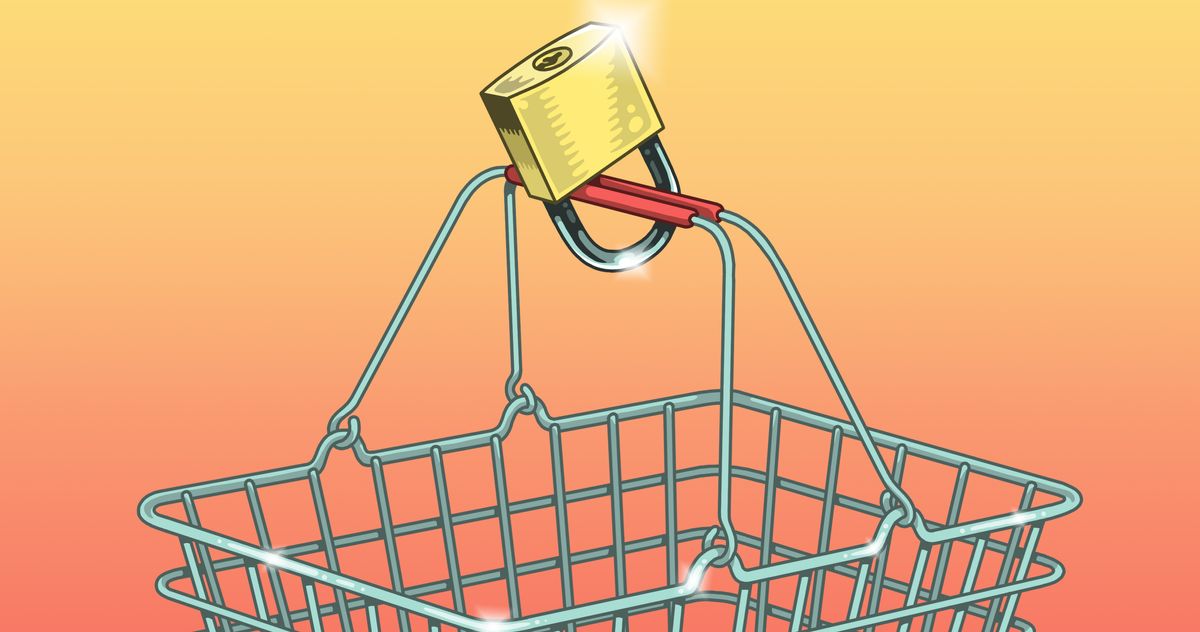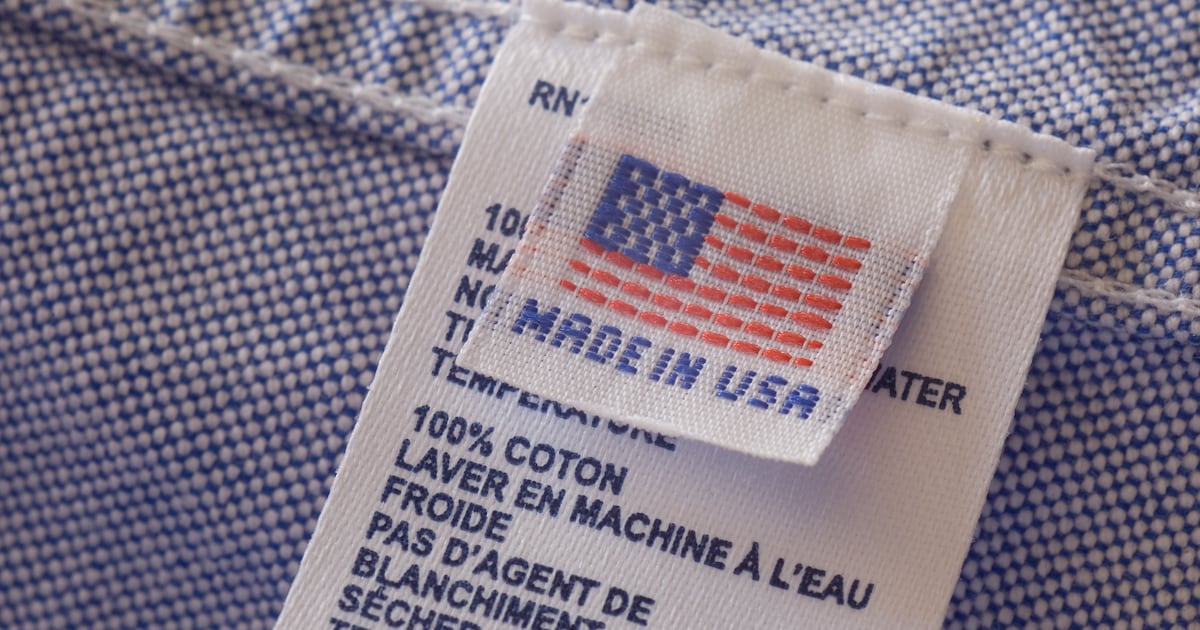In many ways, I’ve been extremely lucky. I had subsidized housing, so my rent was never more than $1,000. I never had any student loans. I paid for college through a combination of financial aid and 529 funds my parents had saved, so the only debt I had was on my credit cards. At the peak, I had seven of them, with over $35,000 spread among them. I sold my car to pay off about $10,000 and then paid off the remaining $25,000 using my Ph.D. income.
The biggest factor in paying off the debt was that I did a shopping ban starting in October 2022. I got the idea from a video I saw on Shawna Ripari’s YouTube channel. At first, I tried to just cut back on my spending and follow a budget, but it didn’t work. I realized pretty quickly that I was dealing with a full-on addiction to shopping, an addiction to the high I got from spending money. Being medicated helped me become less vulnerable to it but didn’t take away the temptation. And the only way to deal with that was to quit cold turkey. A lot of therapists and psychiatrists don’t understand that. I was always told, “It’s not healthy for you to stop spending completely. You’re going to relapse. You need to learn how to spend in a healthy way.” And of course, I agree with those things. But I still feel strongly that the no-spend route was the best way forward for me.
My no-spend rules were simple: Don’t buy anything except for food. My relationship with eating had been problematic, and I had been diagnosed with binge-eating disorder around the same time so I didn’t want to make strict rules around food, groceries, or eating out. But I didn’t buy anything else. The only time I broke that rule was halfway through the first year. I bought a new wallet I had really wanted for $250, sort of as a reward but also as a test for myself. That was probably the first healthy spend I had experienced.
The no-buy year was really, really hard. I have so many memories of standing on a subway platform thinking, This is awful. I’m only three months into this. How am I going to keep going? But eventually, it started to get easier. I hit a turning point after the first year, when I could see my progress. I had consolidated my debt in a low-interest loan and paid down a lot of it. From there, I had more motivation to keep going and was able to refinance again because my credit was still good. I had been making all my payments on time, and my overall outstanding debt was smaller.
The downside of a shopping ban is that you don’t necessarily get to the root of the problem. Like, how do I walk into a store and not want to buy everything? I know it sounds ridiculous, but that’s how I felt. And I was terrified of relapsing. Like, what if I walk into a store and I do buy everything? I didn’t know how to deal with those feelings. I’m still learning how to actually spend money in a healthy way. I’m extremely careful about it.
I was also living this weird double life in which I had gone to prestigious schools and have this fairly prestigious research position, so my social circle is people who are well educated and have high-paying careers. My partner and all his friends work in finance. I was constantly being exposed to people who were making $200,000, $300,000, $500,000 a year. When those people are in couples, they have huge amounts of money, and they really couldn’t grasp my financial situation at all. I remember one person in particular completely dismissing how difficult it was for me to pay down this debt. I tried to explain that it was 50 percent of my annual salary, and they still didn’t really get it.
It’s challenging to have a social life in New York, where everything revolves around spending money. Obviously, it doesn’t have to — you can so easily go to the park or stay home and cook. But there’s this hierarchy where it’s like, “If you care about me, we go to drinks. If you really care about me, we go to dinner.” Talking about my debt with other people was often really uncomfortable, not because I didn’t want to share but because they didn’t know how to respond. I got a lot of support through therapy. And I asked my partner for help emotionally, too.
I sold a lot of the luxury stuff I’d bought. Anything that didn’t align with my sense of self, I sold. I kept certain things I did really like, mostly because luxury goods depreciate so much despite people always calling them investments. The equation was, Is this worth more to me to keep than it is to sell? And sometimes it was. I do have a more solid sense of my identity now. Like this is who I am, and I don’t need to prove myself so much. I don’t need to wear Gucci loafers to work just to show you that I can.
It took me two and a half years to pay off my debt. In the beginning, I was putting $600 a month toward the loan, and by the end it was $800 a month because my stipend increased to $56,000 a year. I just finished at the end of January. It was really anti-climactic. I was at work in the evening after a really long day, and I was the only one left in the office. I’d just gotten a paycheck, and I realized, I guess I can just do this now. I thought about waiting to go home to make the final payment with my partner and celebrate. But what does celebration look like? You don’t want to go out and spend money on dinner or drinks or whatever. That feels so wrong. So I sat at my computer and clicked, and that was it. But I recorded it. I took a video of myself clicking “pay” one last time just to have.


